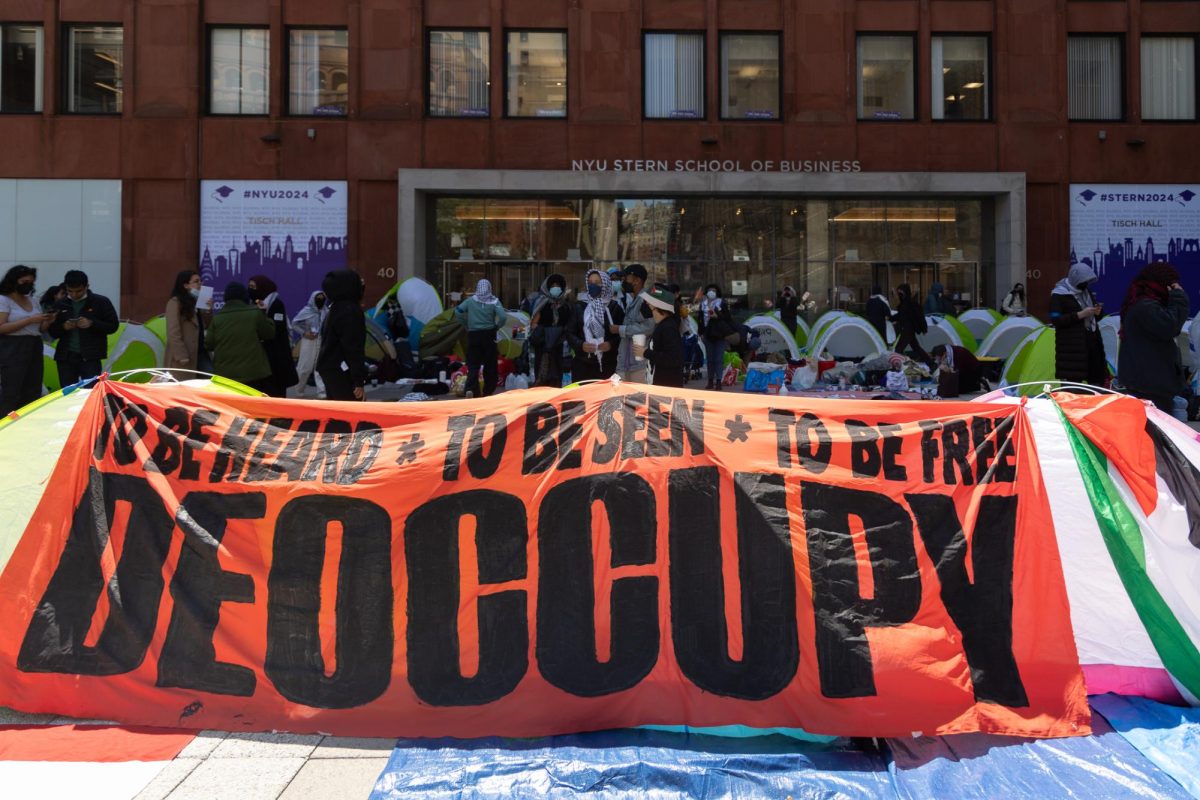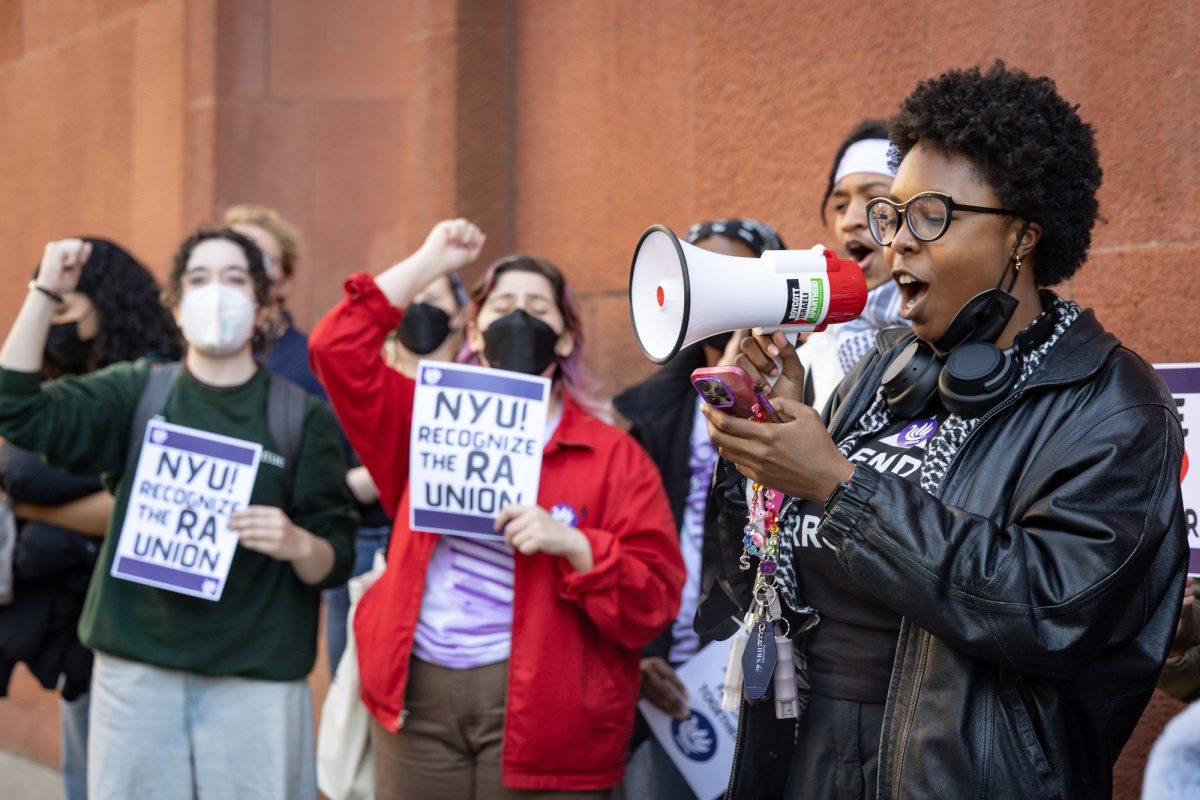New York Fashion Week is a time when people are thrilled to see what designers have come up with, and wait with anticipation for Rachel Zoe or Vogue to announce the next exciting trend. This is the time of year when new clothes, new concepts and new themes take shape.
But what makes a trend? A trend is simply a general tendency that the public accepts. In the fashion world, “trend” also indicates particular designs, themes or styles that the masses adopt.
According to Lyn Devon, who designs luxury American sportswear, the cyclic nature of trends means a certain type of design concept is in vogue from time to time. When a new idea offers a break from the recurring trend, it replaces what is familiar with a fresh new style.
“For example, the exploration of ecstatic prints, which was exhilarating for a few seasons, is replaced seemingly all at once by the appearance of saturated solid blocks of color,” Devon said.
However, it can sometimes be difficult to sort out the signal from the noise, so fashion experts have found a few surefire methods to catch the public’s eye.
“[Trend and color forecasters] have a sense for where the aesthetics is going,” said Anna Akbari, founder of Sociology of Style, a website that offers practical fashion advice for everyone. Although they may not always be right, their predictions indicate where the next trend is headed.
The press is another powerful influence in the fashion world.
“Designers don’t make trends happen, it’s the media,” said Jonathan Kyle Farmer, associate professor of fashion at Parsons the New School for Design.
“Designers don’t design certain shapes or forms to make it the next trend. Magazines and the Internet will try to post threads together for this season or previous seasons of print.”
In addition to fashion professionals, audiences tend to respond to public figures. Akbari explained that celebrities’ styles often go viral and become the next big thing, since people want to emulate them.
Creating a trend requires quite the investment from designers and public relations companies, and in return, buying into these trends can often empty student wallets. Is the high fashion worth the high price?
As a professor who teaches fashion, Farmer emphasized that students should focus on inventing their own style.
“I teach students to establish personal identity. If anyone did a project [from] something out of [a] runway, I would probably fail them,” Farmer said.
Akbari, a founder and CEO of Closet Catharsis, a fashion and image consulting company, agreed.
“It’s silly, especially for college students. [It is] more sophisticated and classy to go beyond the vision,” Akbari said.
Therefore, students should first define their own fashion sense, which can develop into a distinct style. Only thenshould they seek out trendy items they feel fit well with their personality.
“They can incorporate other more highly styled items on top of their personal styles,” Akbari said.
These do not have to be expensive, high-end luxury goods.
“They will last for a long time and you love them,” Akbari added.
A version of this article appeared in the Thursday, Feb. 12 print edition. Clare Yang is a staff writer. Email her at [email protected].









































































































































